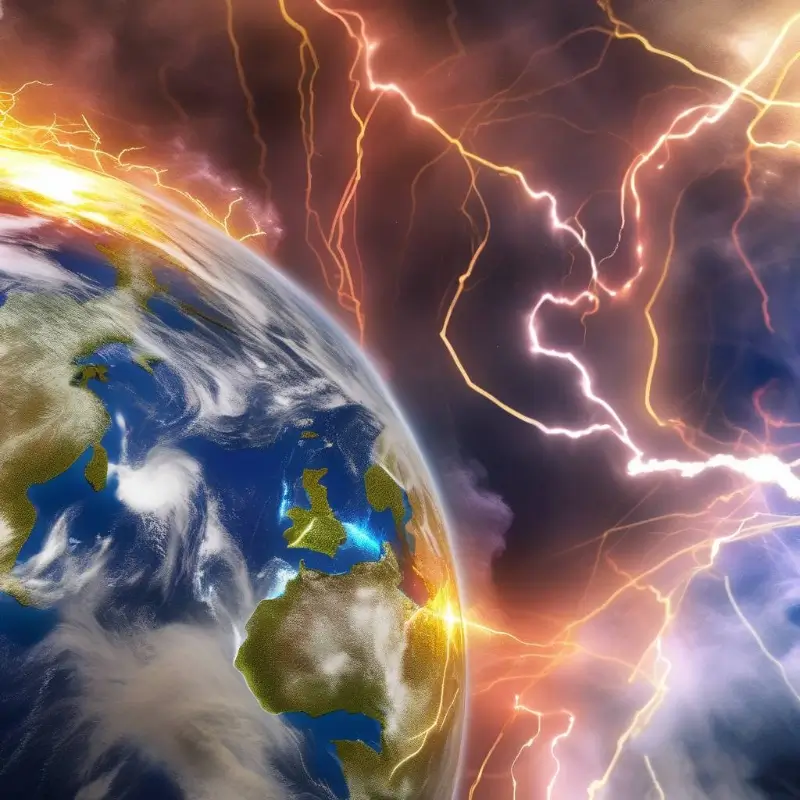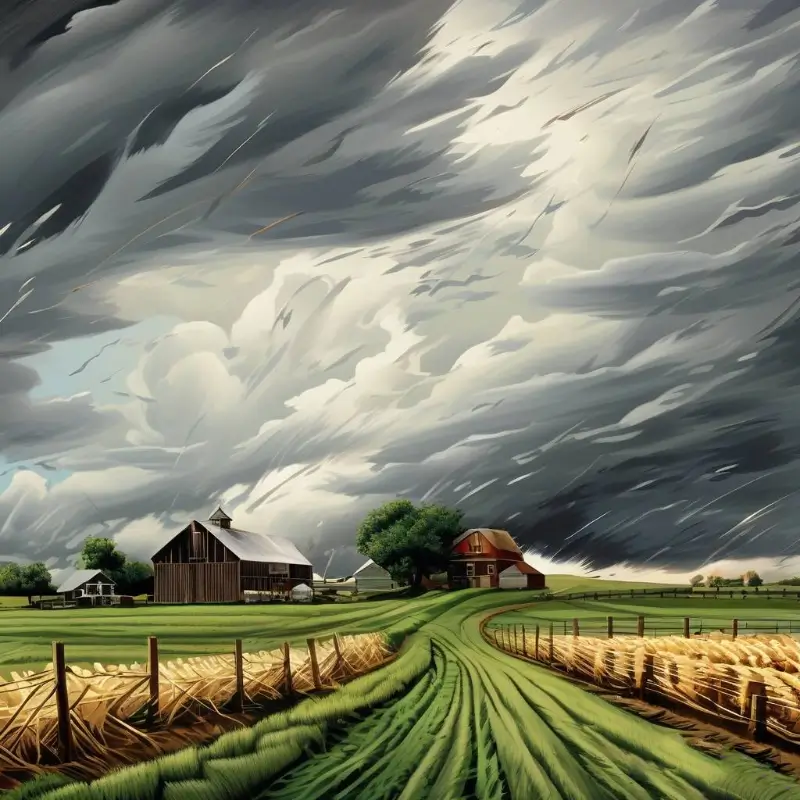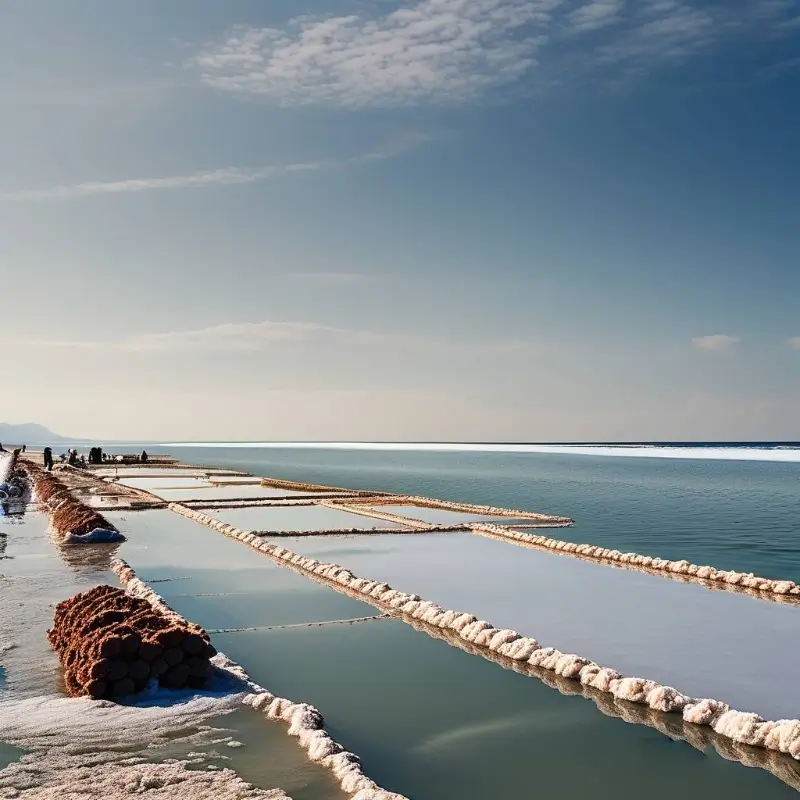why is there more methane in the atmosphere now?
In recent years, there has been a notable increase in the concentration of methane in the Earth’s atmosphere. Methane is the second most prevalent greenhouse gas after carbon dioxide (CO2), and its impact on global warming is significant, even though it remains in the atmosphere for a shorter period than CO2.
The rate at which methane is being emitted into the atmosphere has accelerated since the early 2000s. This increase is particularly concerning because methane is much more potent than CO2 in terms of its ability to trap heat in the atmosphere over a 20-year period, although CO2 has a longer-term impact due to its longer atmospheric lifetime.
Methane is a greenhouse gas that is produced naturally by various biological and geological processes, as well as by human activities. The increase in methane in the atmosphere can be attributed to several factors, including both natural and anthropogenic (human-caused) sources. Here are some of the main reasons for the rising methane levels:
- Rapid Growth in Agriculture: Agriculture is a significant source of methane, particularly from rice cultivation, livestock (especially cattle), and the handling of manure. The increasing global demand for food and meat has led to more rice paddies being cultivated, more cattle being raised, and more manure being stored, all of which contribute to higher methane emissions.
- Energy Production and Use: The extraction, production, and distribution of fossil fuels such as natural gas, oil, and coal release methane into the atmosphere. This is known as fugitive methane, and it accounts for a significant portion of the increase in atmospheric methane.
- Waste Management: Improperly managed waste, such as municipal solid waste landfills and the handling of organic waste, is a significant source of methane. As the world urbanizes and the amount of waste increases, so does the associated methane emissions.
- Climate Change Feedback: As the climate warms due to the accumulation of greenhouse gases, it can lead to the release of stored methane from various sources, such as thawing permafrost and hydrates in the Arctic. This creates a feedback loop where warming leads to more methane, which leads to more warming.
- Natural Sources: Natural processes such as the decay of plant matter in wetlands, the digestion of food by animals (including microbial digestion in the gut of ruminants like cows), and the release of methane from the seafloor during submarine volcanic eruptions or other geological events also contribute to atmospheric methane levels.
- Industrial Activities: Various industrial processes, including the production of coal, natural gas, and oil, as well as the manufacturing of chemicals, release methane into the atmosphere.
- Emissions from Forests: While forests are generally a sink for carbon dioxide, they can also emit methane, especially in certain conditions such as after a forest fire or during tree harvesting.
The increase in methane levels is a concern because, like carbon dioxide, it has a significant warming potential. Methane is much more potent as a greenhouse gas than carbon dioxide over a 100-year period, although it remains in the atmosphere for a shorter time. However, as the climate warms, the production and release of methane is expected to increase, which can lead to further warming and climate change feedback loops. Reducing methane emissions is therefore a critical component of efforts to mitigate the impacts of climate change.



